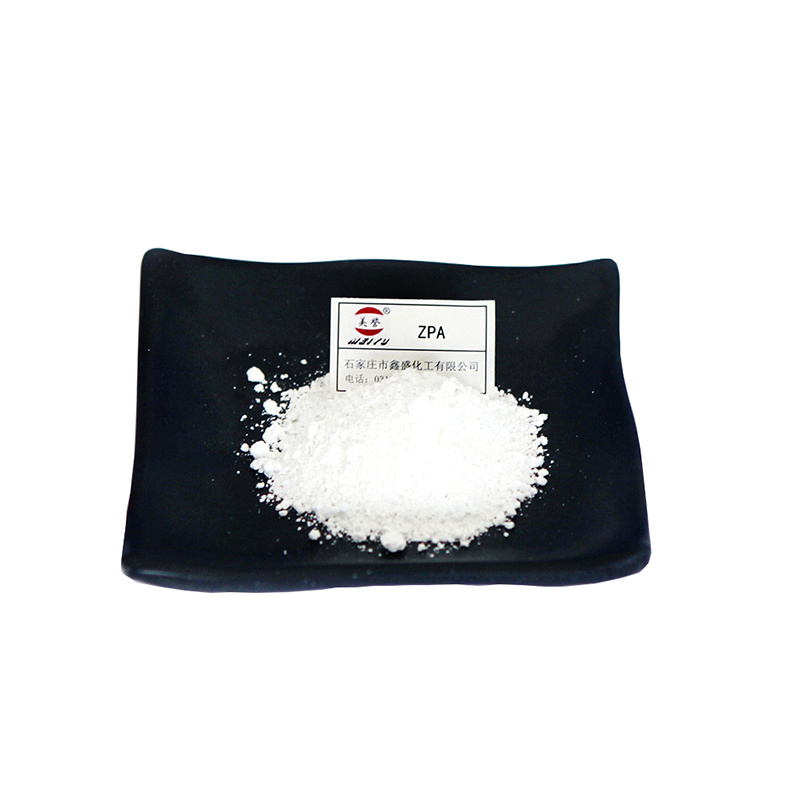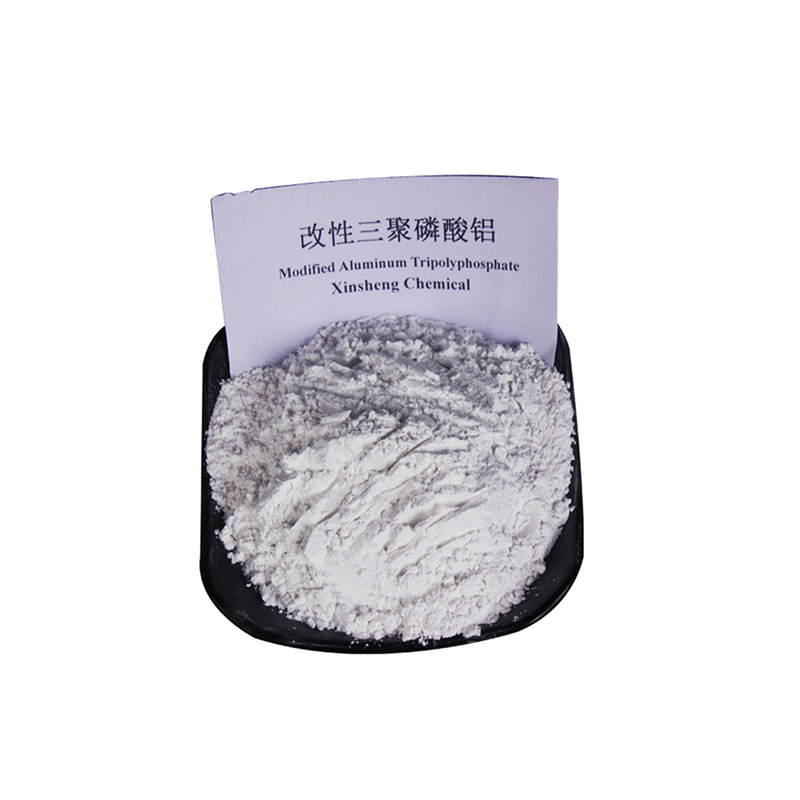Don't let those half-empty cans stack up.
The satisfaction you get when you paint a room or your home's exterior is immediate. All at once, a fresh coat can make a surface look new and a space feel different. Getting rid of paint, on the other hand, is a slog—that is, if you remember to do it at all. There's a reason old paint cans (from both current and previous homeowners) tend to pile up in garages, basements, and crawl spaces. It's easier to stack them and forget about them than figure out how to get rid of paint and reclaim that valuable storage space. Chocalate Brown Pigment

If you've made a pact to finally deal with those half-used paint cans, you probably know not to pour paint down the drain or onto the ground. It contains chemicals that can pollute the environment and endanger our health. But here's the thing: Disposing of paint properly is much simpler than you think, and doing so will leave you with a safer home—not to mention less clutter.
We asked Joey Corona, a senior merchant of paint at The Home Depot, to tell us everything he knows about how to get rid of paint safely, from how to tell when it's no longer fresh and usable to how to clean the area where it was stored. Follow this guide on how to dispose of paint, and you'll never worry about old paint again.
It has been around longer than a decade. "Paint can typically be stored for more than a decade before it goes bad, depending on its composition," Corona says. "Water-based (latex) paints last approximately 10 years, while oil-based (solvent) paints last longer, around 15 years, if kept in cool, dry conditions with proper sealing."
It smells more pungent than usual and is hard after stirring. "In order to tell that latex paint has gone bad, first smell it to see if it has a strong, offensive odor that is more pungent than the typical paint smell," Corona adds. "Another way to tell is by looking to see if the paint is hard on the bottom or the sides of the can after stirring. If you're unsure, try painting on a small sample surface. If the paint looks visibly rough or begins to peel quickly, that's a sure sign that it's ready for disposal."
It looks rubbery. "To tell if solvent paints like enamels, varnishes, and sealants are ready for disposal, look for finishes that have become very thick or rubbery in appearance," Corona says. "You can also brush the substance on a piece of glass."
Like we said earlier, no paint should go straight in the garbage or down the drain. Oil-based paint requires especially careful disposal. The best way to get rid of old latex paint depends on how much you have, says Corona.
If you have quarter of a can or less of old latex paint: "It's safe to let the paint sit in the sun—in an area away from kids and pets—until the remaining liquid dries out," advises Corona.
If you have half a can or more of old latex paint: "You can either take the paint to a recycling center or add a hardener or cat litter to solidify the paint," he adds.
Once the paint is dry, check your local waste management authority's rules and recommendations for disposal. You probably can either throw the dried paint out in the can with the regular garbage or clean out the can, throw away the paint, and recycle the can. Depending on where you live, empty and cleaned paint cans can be disposed of with regular trash or recycling. If you live in a major metropolitan area without a car or the means to access a recycling center, check the city's sanitation department website for neighborhood drop-off zones or pick-up possibilities.
If you have old oil-based paint: Take it straight to a disposal or drop-off site. It's considered hazardous waste, so it should never go in the garbage. Check with your local waste management authority to find out where to take it.
If you have leftover fresh oil-based or latex paint: Paint recycling is such a good thing. "Leftover fresh paint is almost always welcome at nonprofit organizations or charities," says Corona. "Alternatively, you can call 1-800-CLEANUP for information on disposal regulations."
Now that you've cleared out some extra square footage in your crawl space, basement, or garage, make sure it's safe to use to store other things.
Check the space for proper ventilation. "After your paint has been properly disposed of, be sure to check that the storage area where the paint was sitting is well ventilated and dry," Corona says. That ensures no fumes are lingering and the space can safely be used for storing nonpaint items. Checking for proper ventilation also makes sure that if you were to store paint there again, dangerous fumes would not build up.
Double check the area for paint chips. "Clean all excess paint and paint chips from the surrounding area and the corresponding paint brushes," he adds. That means vacuuming, sweeping, and even mopping to ensure all debris has been removed and the area has been properly sanitized.
Follow House Beautiful on Instagram.
Kate McGregor is House Beautiful’s SEO Editor. She has covered everything from curated decor round-ups and shopping guides, to glimpses into the home lives of inspiring creatives, for publications such as ELLE Decor, Domino, and Architectural Digest’s Clever.
How to Clean a Coffee Maker the Right Way
How to Clean a Blackstone Griddle Like a BBQ Pro
The Easiest Way to Clean Hardwood Floors
Is Laundry Stripping Worth It?
How to Safely Get Rid of Ants Safely
How to Keep Cockroaches Out of Your Home
How to Clean Grout So Your Tile Looks Brand New
How to Clean a Microfiber Couch So It Looks New
The Right Way to Wash a Weighted Blanket
Shop This Impressive Robot Vacuum Deal on Amazon
The Dyson Vacuum Is $100 Off RN
Exactly How to Clean White Shoes in Five Minutes
A Part of Hearst Digital Media
We may earn commission from links on this page, but we only recommend products we back.

Epoxy Zinc Phosphate Primer ©2023 Hearst Magazine Media, Inc. All Rights Reserved.